This article is written by Shreya Patel. This article discusses the 105th Amendment of the Indian Constitution and explains the background and the key provisions which were inserted, altered and modified under the 105th Amendment of the Indian Constitution. The need, the key events which led to such an amendment, the reason behind this amendment, Union Government’s corrective course and the impact of the amendment are also discussed in depth in this article.
Table of Contents
Introduction
The Constitution of India, is the supreme law of the land. It is vital for the Indian Constitution to be responsive to the changing situations and needs. Article 368 of the Indian Constitution, is the provision that gives the Parliament the power of making amendments in the Constitution. Amendment means the procedure of making changes like variation, addition, or repealing of provisions in the Constitution.
The amendments are made in the Constitution of India, so that the fundamental principles are upheld and the Constitution becomes adaptive to the changing circumstances. As the Constitution is a living document, the amendments are necessary to keep it relevant with the passage of time. All the provisions related to the amendment of the Constitution are laid down in Part XX under Article 368 of the Indian Constitution. This provision provides details on the scope and process of amending the various Articles of the Constitution.
Amending the Constitution has multitudinous significance, such as, it helps with adaptability of governance, aids in bringing social reforms, accommodates novel rights, helps in evolution of new rights, addresses the emerging issues etc. The power to amend the Constitution of India rests solely with the Parliament. There are three types of majorities which have to be secured in the Parliament. In order to amend the provisions of the Constitution a special majority is to be secured. The types of majorities are:
- Simple majority of parliament
- Special majority of parliament
- Special majority of the parliament and consent of half states.
With the 102nd Constitutional Amendment (2018), the power was given to the Parliament along with the Central Government to curate a list of Other Backward Classes (OBCs) in the year 2018 to provide the reservations. The lists compiled by both the State and Central Government did not match, which led to much complexity in providing the reservation. The 127th Constitutional Amendment Bill, 2021 was passed on August 11th, 2021 to restore the rights of the states to prepare such a list which shall be considered to provide reservation.
This bypassed the Supreme Court ruling of 2021 in the case of Jaishri Laxmanrao Patil vs. The Chief Minister And Ors (2021), which gave power to notify the educationally and socially backward classes only to the Central Government and not to the State Government. The 105th Amendment of the Constitution in 2021 again restored the right of the State Government to curate a list of people belonging to OBCs and provide them with reservations.
Historical background
In India, the educationally and socially disadvantaged classes are always recognised by the State Governments. Preference is given to these educationally and socially disadvantaged classes when it comes to education and public jobs. In 1992, on the basis of the Mandal Commission’s recommendation, the Union Government of India established a new system for recognising the Socially and Economically Backward Classes (SEBCs) in a central list. A system was created where reservation will be granted in relation to public employment and educational institutions on the basis of age criteria and as per the backward classes. The Supreme Court in the landmark judgement of Indra Sawhney Etc. Etc vs. Union Of India And Others, Etc. Etc (1992) determined that both the State and the Union Governments will have the authority to grant and recognise reservations for the SEBCs.
The Parliament also established the National Commission for Backward Classes (NCBC), as a legislative body in 1993 which was responsible for advancement, development and the welfare of SEBCs. The 102nd Constitutional Amendment was passed by both the houses of the Parliament in 2018. In the case of Indra Sawhney, the Supreme Court had directed the creation of a permanent body which would entertain, recommend, and examine the exclusion and inclusion of the backward classes. In pursuance of this direction, the NCBC was established by the Parliament. Article 338B was inserted through the 102nd Constitutional Amendment of the Constitution of India, which gave NCBC the constitutional status.
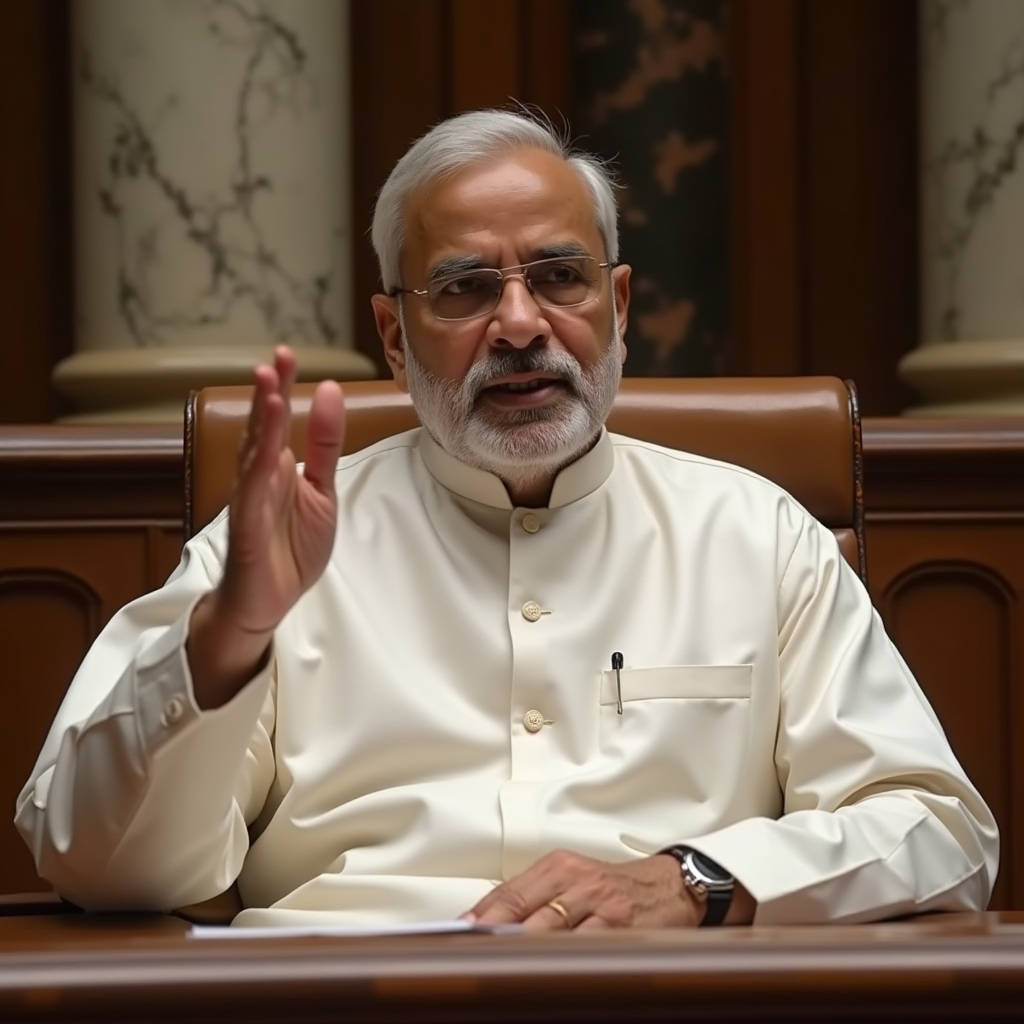
On the same note, Backward Class Commissions were also established by the State Governments, for assessing backwardness and taking affirmative measures for the same. The 127th Constitutional Amendment Bill was introduced in the Parliament’s Upper house for voting and discussion on 11th August, 2021, where the bill was discussed and passed on the same day itself.
The Bill had received 380 votes in the Lok Sabha in favour of it, while no one had opposed the same. The President of India was also provided with an authority for recognising the communities for economically and socially disadvantaged classes under a special provision.
Key events which led to 105th Amendment of the Indian Constitution
| Event | Importance |
| Mandal Commission Report (1980) | The recommendation for reservation in public jobs and education for OBCs was made. |
Indra Sawhney Etc. Etc vs. Union Of India And Others, Etc. Etc. (1992) | The recommendations of the Mandal Commission were upheld, and a fifty percent cap on the reservation was introduced. The “creamy layer” of the OBCs was excluded. A legal precedent was set by this case, which played a key role in influencing the 105th Amendment. |
| The Maharashtra State Reservation (Of Seats For Admission In Educational Institutions in The State and for Appointments in The Public Services and Posts under The State) for Socially And Educationally Backward Classes (SEBC) Act, 2018. | Under SEBC, the government of Maharashtra gave reservations to Marathas. This Act threw the spotlight on the need to amend the power given to states for determining the SEBCs. |
| Jaishri Laxmanrao Patil vs. The Chief Minister And Ors (2021) (Maratha Quota Case) | In this judgement, the Supreme Court struck down the Maharashtra SEBC Act, 2018. The court stated that the identification of SEBC cannot be done by the states after the 102nd Amendment Act of the Constitution of India. With this case, the need for the 105th Amendment with restoration of powers to the state was seen. |
| 127th Amendment Bill – Introduction | The 105th Amendment Bill was introduced in the Lok Sabha, with the motive for amending the Constitution in order to restore the rights of the states in identifying the SEBCs. |
| 127th Amendment Bill – Passing | The 127th Amendment Bill was passed in both the houses. |
| Presidential Approval | The 127th Amendment Bill got the approval from the President of India and the power to identify the SEBCs was restored in the states again. |
One of the key cases which led to the 105th Amendment of the Indian Constitution was the Maratha Quota case. Let’s take a look at the facts of the case, the issues raised and what was the judgement given by the Apex Court of India.
Understanding the concept through the Maratha quota case [Jaishri Laxmanrao Patil vs. The Chief Minister And Ors (2021)]
Facts of the case
- The Maratha community was chosen as a SEBC, by the government of Maharashtra, in November, 2018, which granted them preference in public employment as well as education.
- An ordinance granting a 16% reservation in both public employment and education was promulgated by the Maharashtra Government to the maratha community.
- An interim order was issued by the High Court of Bombay for staying of such an ordinance.
- The challenge to the interim order was dismissed by the Supreme Court.
- The Bombay High Court put a stay on the implementation of the Socially and Educationally Backward Classes Act, 2014 enacted by Maharashtra to grant a 16% reservation in employment and education.
- Maharashtra State Backward Class Commission was established and chaired by Justice Gaikwad. This commission recommended a 12% reservation in educational institutions and a 13% reservation in public employment.
- The Socially and Educationally Backward Classes Act, 2018 (SEBC Act, 2018) was passed based on the commission recommendations. A 16% reservation was granted, which exceeded the quotas that were recommended.
Issues raised
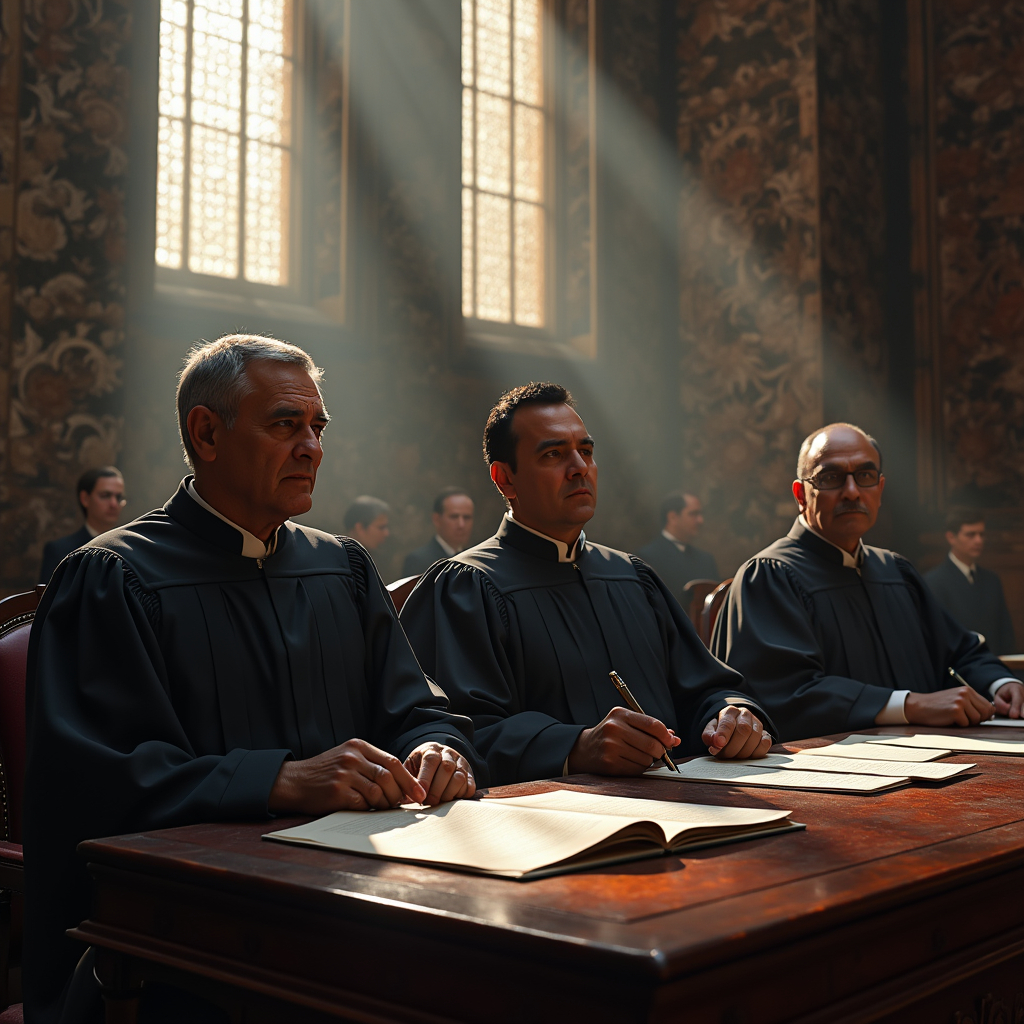
- Whether the Maharashtra state has the power to identify SEBCs after the 102nd Amendment?
- Whether the SEBC Act, 2018 violated the Article 15(4) and Article 16(4) of the Constitution?
- Whether the 50% ceiling limit set by the Indira Sawhney case be exceeded?
Judgement of the case
In the landmark case of Jaishri Laxmanrao Patil vs. The Chief Minister And Ors (2021), in May 2021, (also known as the Maratha Quota Case) the Supreme Court gave its judgement that the fifty percent ceiling limit on reservation should not be reconsidered and the 50% limit should not be exceeded in any circumstances. If the limit of 50% is exceeded it will be held unconstitutional.The SEBC Act, Bombay High Court and the Gaikwad Commission could not explain how the marathas fall under the extraordinary situation, to fall within the exception to the limit of reservation.
There were many challenges that took place after such a decision was taken by the government of Maharashtra. Designating the Maratha community as SEBC, when such power of the states was cut down by the 102nd Amendment, was one of the main challenges. The Supreme Court bench by a 3:2 majority held that the states had no power. As per the majority, the correct understanding of the 102nd Amendment was that only the Central Government had the power to recognise and identify the SEBCs. The restoration of the power to the States was pushed by many political parties. The Union also requested a review on the same, which was denied, later leading to introduction of the 127th Constitutional Amendment Bill, which was then passed and became the 105th Amendment of the Constitution.
Need for the 105th Amendment of the Indian Constitution
The 105th Amendment of the Indian Constitution was enforced after the decision of the Apex Court through its judgement in the Maharashtra reservation case which upheld the 102nd Amendment of the Indian Constitution. It was stated by the Supreme Court, that the President would decide which communities would be included in the OBC state list as per the recommendation of the NCBS.
The main objective of the 105th Amendment of Indian Constitution was to restore the power of the State Government, so that they can recognise the classes that are educationally and socially disadvantaged. The main purpose of the 102th Amendment as stated by the Union Government was to make a Central List which will be exclusively used by only the Central Government and their institutions. It had nothing to do with the power of the State Government in categorising the backward communities and the state lists of the backward classes.
With the 105th Amendment all the confusion related to the 342A Article were cleared by adding clause 3 and amending clause 1 and 2 of the Article. With the restoration of power back to the states about 671 OBC communities will get benefits which they would have lost if the powers of the state to make OBC list were abolished and they would have lost access to reservation in educational institutions and employment. The measure to restore the power back to states promotes a social balance.
Provisions of the Constitution (105th Amendment) Act, 2021
Section 1
This section states that the Act will be known as the Constitution (One Hundred and Fifth Amendment) Act, 2021. This act will come into force when the Central Government notifies through the Official Gazette.

Section 2
This Section states that a proviso will be added in the Article 338B clause (9) of the Indian Constitution. The proviso states that – (provided that) nothing in clause (9) will apply for the purpose of clause (3) of Article 342A of the Constitution which talks about socially and educationally backward classes. The clause 9 of Article 338B states that every State Government and Union shall consult the NCBC on all the policy matters that affect the SEBCs.
Section 3
This Section states that in the Article 342A of Indian Constitution –
- The “the socially and educationally backward classes which shall for the purposes of this Constitution” was substituted with “the socially and educationally backward classes in the Central List which shall for the purposes of the Central Government” in the clause (1);
- An explanation, stating that – the expression “Central List” for the purposes of clauses (1) and (2), will mean the list of SEBCs which was prepared and maintained by and for the Central Government – was also inserted after the clause (2);
- A subsection (3) was also added which stated that – notwithstanding anything contained in clause (1) and (2), every Union and State may by law, maintain and prepare a list of SEBCs for their own purposes and these entries can be different from that of the Central list.
Section 4
This Section states that “socially and educationally backward classes” means such backward classes as are deemed under article 342A for the purposes of the Central Government or the State or Union territory, as the case may be, substituted in the Article 366 of the Indian Constitution, as the clause (26C).
Article 338B of the Indian Constitution
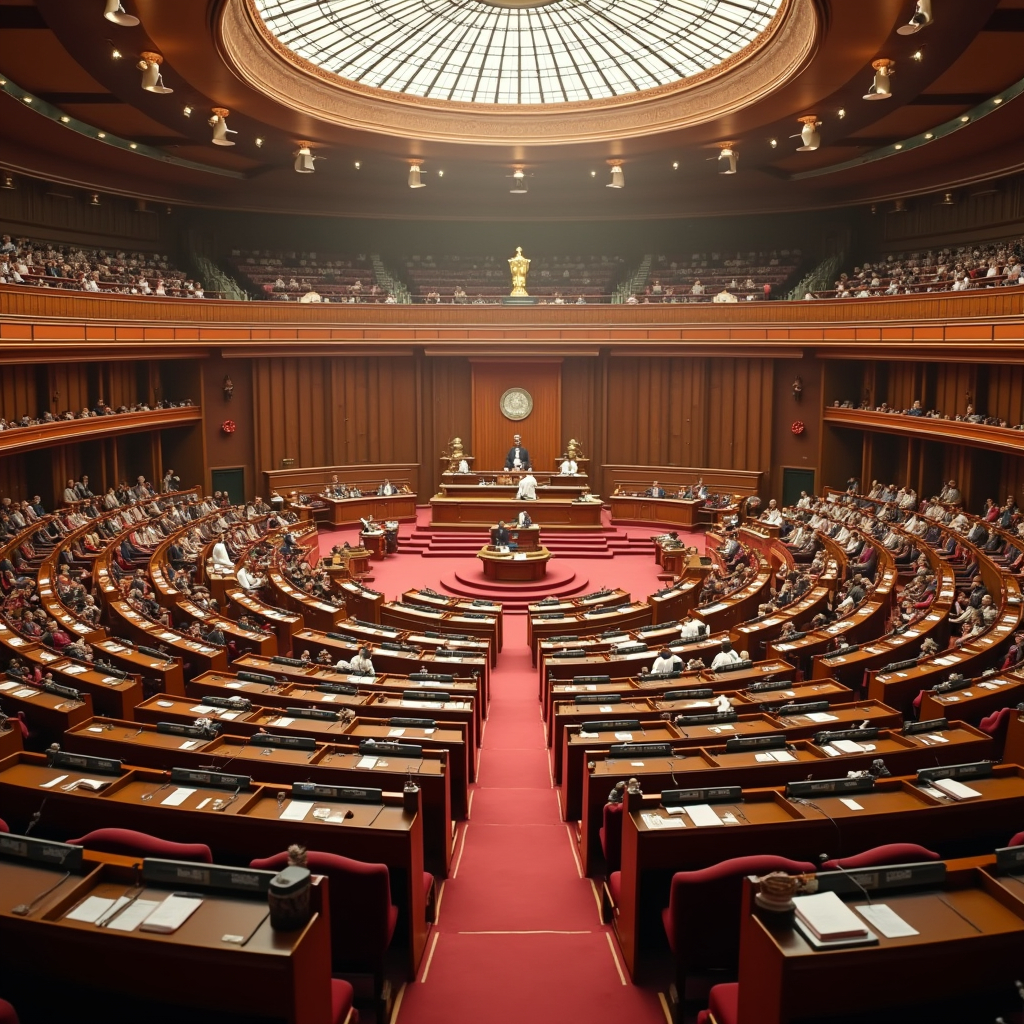
Article 338B states the composition and powers of the National Commission for Backward Classes (NCBC). It is provided that the NCBC shall consist of a chairperson, one vice chairperson, and three other members. The President shall decide on the tenure and conditions of service of these members. The commission’s duties include:-
- To monitor and investigate all the matters relating to protecting SEBCs under the laws established along with the Constitution of India;
- To conduct investigation on inquiries made in relation to deprivation of rights of the SEBCs;
- To present the reports of the working, annually or whenever required, to the President;
- To make reports on the recommendations that are made on the measure that are to be taken by the State and the Union; and
- To work for the welfare, development and protection of the SEBCs.
The reports submitted to the President can be laid in the Parliament for further recommendations. The Commission shall have the powers of a Civil Court when conducting an investigation or inquiring about a complaint made. The NCBC can summon a person, enforce a person’s attendance, require the production of any document or discovery, receive evidence on affidavits, can ask for a copy of any public record from any office or court, and can also issue commission for examining documents or witnesses.
Article 342A of the Indian Constitution
Article 342A of the Constitution of India empowers the President to make decisions in relation to which communities will be listed as SEBCs in a Union Territory or State. When it comes to taking the decision in case of a state, the President will have to consult the Governor of the State and then publicly notify about the same. From the Central list of SEBCs, the Parliament can include or exclude the classes. The Central list is recognised by the Central Government and is the official list for the SEBCs. This article further states that despite having a central list of minorities, all the Unions and States can maintain their own lists for their own purposes which can vary from the Central list.
Key points of 105th Amendment to the Indian Constitution
- The 105th Amendment of the Constitution of India came into force on the 5th of August, 2021.
- The 105th Amendment was one of the components of the 127th Constitutional Amendment Bill (2021).
- The main articles which were amended under this amendment were Article 338B, 342A, AND 366 of the Indian Constitution.
- The 105th Amendment restores the power of the Union Territories and State Government to identify the SEBCs.
- The National Commission for Backward Classes (NCBC) with the 102nd Amendment Act, 2018 was provided with constitutional status. The main objective of 102nd Amendment was not to strip the power of the States to recognise the SBECs.
- The Maharashtra Government in 2019, granted the Marathas a sixteen percent reservation. The decision was invalidated by the Supreme Court, stating that the reservation limit which was set in the Indira Sawhney case, was crossed.
- All the Articles which were inserted by the 102nd Amendment, were amended by the 105th Amendment. These included Article 338B and Article 342A. The power of the States was restored again to list SEBCs. The clauses 1 and 2 of the Article 342A were amended and a new clause 3 was also added in relation to restoration of power.
- The Article 366 (26C) was also added in the 105th Amendment, which consists of the definition of Socially and Educationally Backward Classes (SEBC). The definition states that “socially and educationally backward classes” means all the backward classes as deemed under the Article 324A.
Corrective course of the 105th Amendment of the Indian Constitution
It was asserted by the Union Government that the 102nd Amendment was exclusively for the Central Government. There was no clause specifically that stated that took away the powers of the State Government to define socially and educationally backward classes. This led to confusion at various stages whether the state had the power or the Central Government had the sole power. It was agreed by all the majority of the states, that the states should be given their power again. The parties moved to overturn the decision to the Supreme Court. Both Houses of the Parliament without any opposition, passed the Bill for the 105th Amendment, which led to giving the states the power to recognize the SEBCs again.
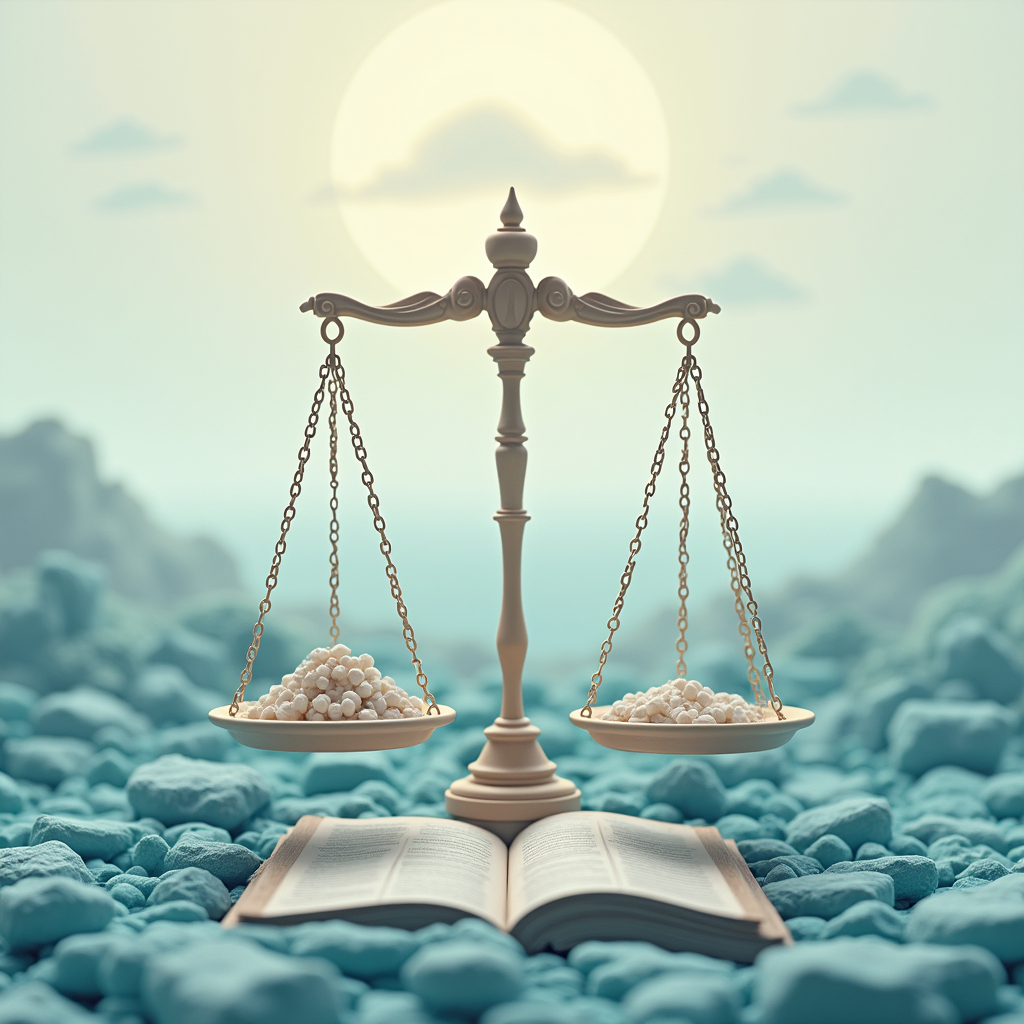
The corrective course was taken to maintain the balance of power between both the Central and State Government. Many SEBCs lost their rights to reservation, when the power of recognising the SEBCs was solely with the Central Government. Hence, in order to remove such imbalance and protect the rights of all SEBCs, the 105th Amendment was introduced.
Impact of 105th Amendment of the Indian Constitution
- One of the biggest and the most important impacts of the 105th Amendment of Indian Constitution has been the benefits to the OBCs.
- With this amendment, approximately 650 communities were benefited and since then are getting empowerment and representation.
- All the requirements which are socio-economic in nature can be heard and resolved quickly by the states.
- The social status of these communities can also be enhanced by providing them opportunities in employment and education, which will lead to an inclusive development.
- There has been an ongoing debate on constitutional reservation for years, and with this amendment, a perfect balance has been created.
- The main objective of the government and the society is to create equal rights for all, eradicating the discrimination and prejudice.
- The 105th Amendment is an effort made to establish a more egalitarian society.
- The 105th Amendment of the Indian Constitution gave the states their rights back to compile a list of OBCs and provide reservations to them.
Conclusion
The 105th Amendment of the Indian Constitution is one of the crucial amendments made in the Constitution. With this amendment, a balanced approach was established in the powers of both State and Central Government in identifying and establishing the SEBCs and providing them reservations. The Amendment of Article 342A was carried out under this constitutional amendment, which states the President’s power to specify SEBCs in each Union Territory and State.
The power of the states was restored back to them to identify the SEBCs in their states. A clause was also added to Article 342A. The clause (3) was added that both Central and State Governments will have the power to specify and identify SEBCs. The interpretation given under the Maratha Quota case was overridden by the 105th Constitution Amendment Act. The 105th Amendment is a positive shift towards empowering the States but also keeping an eye to prevent the misuse of the powers in order to uphold the inclusivity and equality in the Constitution.
Frequently Asked Questions (FAQs)
What is the latest amendment in the Constitution of India?
The latest Amendment in the Constitution of India is the 106th Amendment. The 106th Amendment took place in September, 2023. With the 106th Amendment, 1/3rd of all the seats were reserved for women in State Legislative Assemblies, Lok Sabhas and the Legislative Assembly of the National Capital as well.
How many amendments have been made in the Constitution of India?
As of September of 2023, there are in total 106 Amendments made in the Constitution of India.
The presentation of the 105th Constitutional Amendment in the Parliament of India was given by which Cabinet Minister?
Dr. Virendra Kumar, the Minister of Social Justice and Empowerment, was the Cabinet Minister who introduced and presented the 105th Constitutional Amendment Act.
How is the Constitution of India amended?
There are different processes for making different types of changes in the Constitution of India. A bill has to be introduced in the parliament and get passed in both the houses with majority in order to make amendments in the Constitution of India.
What sets apart the other laws and amendments on SEBCs from the 105th Constitutional Amendment Act?
The 105th Constitutional Amendment Act is different from other amendments that have been made in the Constitution over the years, because it was not opposed by any Lok Sabha member. The authority of deciding the definition of educationally and socially underprivileged sectors was also given back to the State Governments.
What does the 102nd Amendment of the Indian Constitution specify?
The 102nd Amendment gave the power to the President to identify the OBCs in all unions and states. The Amendment was made in 2018, after both the houses passed the same bill along with the assent from the President. The Articles 338B and 342A were added via this amendment. The National Commission for Backward Classes (NCBC) was given constitutional status under this Amendment.
Reference
- Constitution of India by V. N. Shukla
- Explained | How was the backward classes policy restored? – The Hindu
- Important amendments of the Indian Constitution – iPleaders
- Constitution (105th Amendment) Act Deemed To Be In Force From 15th August, 2021; Power To Identify SEBCs Back To State Govts And UTs (livelaw.in)
Students of Lawsikho courses regularly produce writing assignments and work on practical exercises as a part of their coursework and develop themselves in real-life practical skills.
LawSikho has created a telegram group for exchanging legal knowledge, referrals, and various opportunities. You can click on this link and join:
Follow us on Instagram and subscribe to our YouTube channel for more amazing legal content.
 Serato DJ Crack 2025Serato DJ PRO Crack
Serato DJ Crack 2025Serato DJ PRO Crack


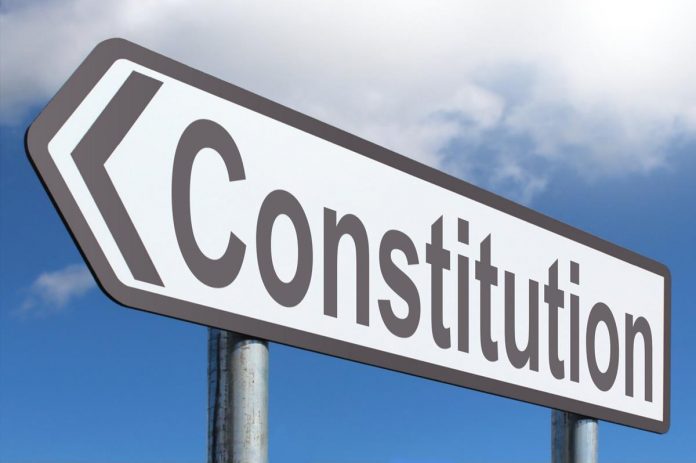







 Allow notifications
Allow notifications


